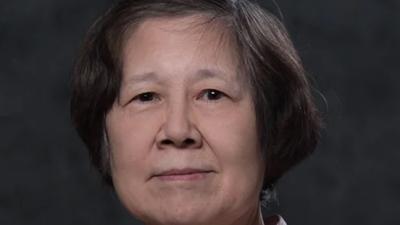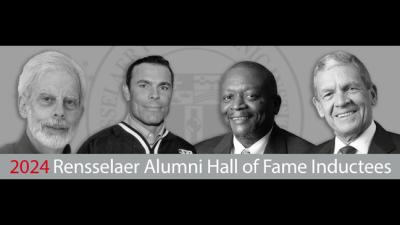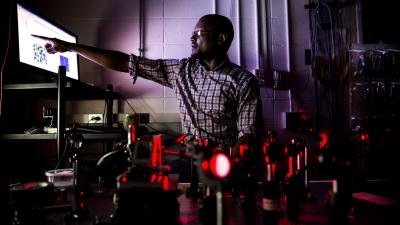RPI Researchers Make Strides Toward Quantum Networking
Researchers at Rensselaer Polytechnic Institute (RPI) are tackling one of the most complex challenges in the world of quantum information – how to create reliable, scalable networks that can connect quantum systems over distances.







